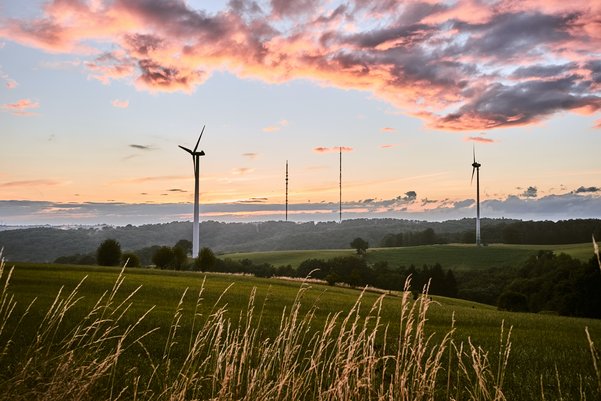We are a private company with a mission to accelerate Net Zero through facilitating low carbon investment.
We work closely with our shareholder The Department of Energy Security (DESNZ), to carry out key aspects of the Electricity Market Reform.
Government Owned
As a government-owned entity, along with our sister company, the Electricity Settlements Company (ESC), we are governed by framework documents setting out shareholder relationships and guiding principles. We are also categorised as governmental arm’s-length bodies. We are led by an independent board, on which the government is represented, and constitutional documents form part of our governance structure.
Contract Management
Under the government’s Contracts for Difference (CfD) scheme, we manage contracts with low-carbon electricity generators. The aim of the scheme is to incentivise investment in renewable energy, by protecting developers of projects with high upfront costs and long lifetimes, from volatile wholesale prices. Contracts under the scheme also protect consumers from paying increased support costs when electricity prices are high. We also manage the Supplier Obligation mechanism, which is a compulsory levy on electricity suppliers, to meet the cost of CfDs. We forecast these payments using sophisticated models.

Settlements
As a Capacity Market Settlement Body, ESC is responsible for managing all financial transactions and associated assurances under the Capacity Market (CM) scheme, such as: credit cover; meter assurance; penalties; and payments to Capacity Providers.
How does LCCC’s work accelerate Net-Zero and contribute towards investment in decarbonisation?
Enable low carbon investment
Our mission is to shape and implement schemes which enable low-carbon investment at least cost to the consumer and we are focused on delivering decarbonisation, affordability and security of supply.
Decarbonisation
 Learn more
Learn more

Decarbonisation

We use the knowledge, capability and experience built up in helping to shape, and operate the CfD to advise Government on evolving existing and developing new low-carbon schemes that play a critical role in decarbonisation.
We manage 369 CfDs, with 133 awarded in the latest allocation round (AR6).
369GW
low carbon power
Renewable Transition
 Learn more
Learn more

Renewable Transition

We're introducing renewable technologies and facilitating the replacement of aging power stations, including coal, nuclear, and gas plants, that are nearing the end of their operational life in the UK.
The closure of these power stations is expected to lead to a Capacity Gap in power generation. Therefore, the UK requires the establishment of new power stations to meet the energy demand, while also encouraging electricity consumers to adopt energy-efficient practices to reduce their electricity consumption.
Capacity
Gap
Driving Investment
 Learn more
Learn more

Driving Investment

We successfully build investor confidence in CfDs by providing information about the scheme and how it is performing to the market.
In 2023, a total of £1.41 billion was paid, rising significantly to £2.36 billion in 2024. As of 2025, the current total stands at £427 million. This investment has fueled substantial growth, with the ability to power 7 million homes in 2023, increasing by 51% in 2024 to reach 11.5 million homes.
Increased
capacity

Decarbonisation

We use the knowledge, capability and experience built up in helping to shape, and operate the CfD to advise Government on evolving existing and developing new low-carbon schemes that play a critical role in decarbonisation.
We manage 369 CfDs, with 133 awarded in the latest allocation round (AR6).
369GW
low carbon power

Renewable Transition

We're introducing renewable technologies and facilitating the replacement of aging power stations, including coal, nuclear, and gas plants, that are nearing the end of their operational life in the UK.
The closure of these power stations is expected to lead to a Capacity Gap in power generation. Therefore, the UK requires the establishment of new power stations to meet the energy demand, while also encouraging electricity consumers to adopt energy-efficient practices to reduce their electricity consumption.
Capacity
Gap

Driving Investment

We successfully build investor confidence in CfDs by providing information about the scheme and how it is performing to the market.
In 2023, a total of £1.41 billion was paid, rising significantly to £2.36 billion in 2024. As of 2025, the current total stands at £427 million. This investment has fueled substantial growth, with the ability to power 7 million homes in 2023, increasing by 51% in 2024 to reach 11.5 million homes.
Increased
capacity
Quick Links
Contact Us
For enquiries or to speak to a member of the team, please fill in the contact form and we'll get back to you as soon as possible.
FAQs
View all frequently asked questions and our responses for our schemes and other resources.